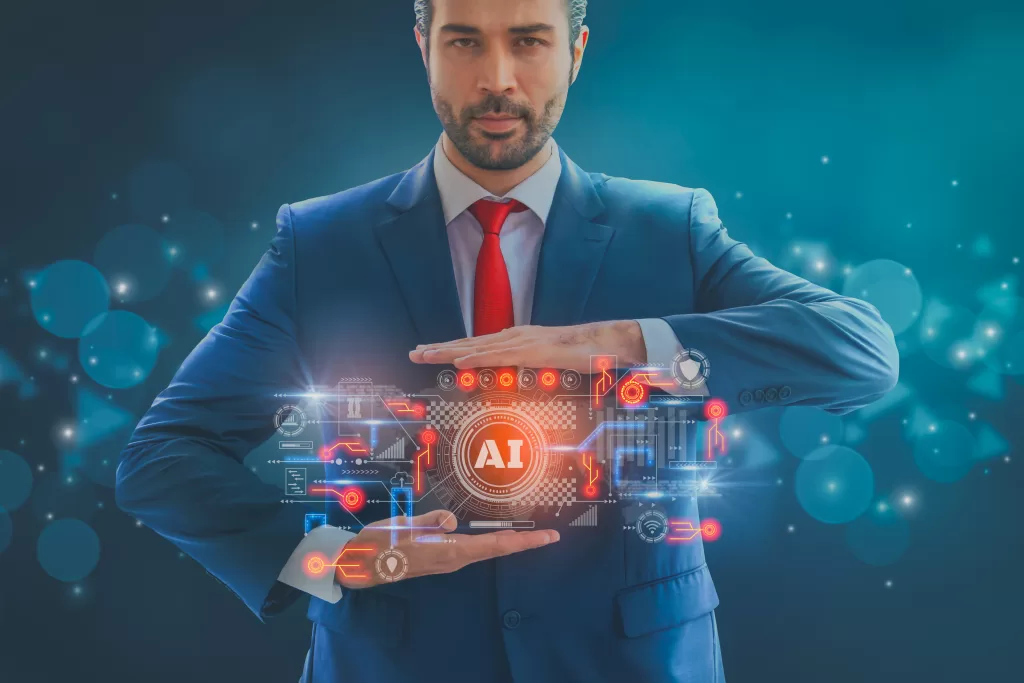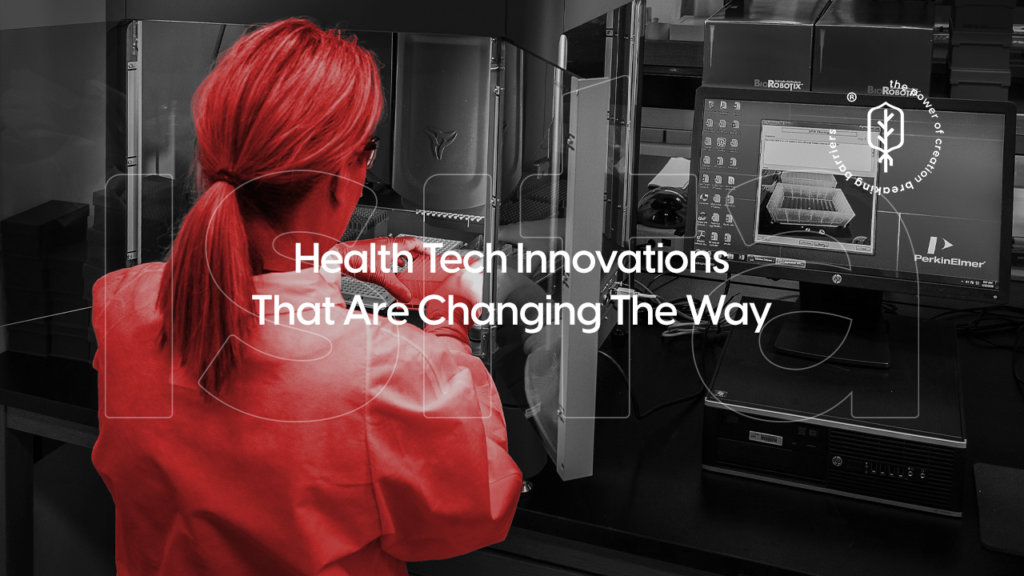In the rapidly evolving landscape of artificial intelligence (AI), the ability to monitor and optimize performance in real-time is paramount. As AI systems become more complex and integral to business operations, ensuring their reliability and efficiency is critical.
This is where advanced observability techniques come into play. AI observability refers to the comprehensive monitoring and analysis of AI systems, providing insights into their behavior, performance, and potential issues. This practice is crucial for identifying and resolving problems before they escalate, thereby maintaining the seamless operation of AI-driven processes.
Observability goes beyond traditional monitoring by offering a more holistic view of an AI system’s health and performance. It encompasses the collection, aggregation, and analysis of diverse data points from various components of the AI ecosystem.
By leveraging these insights, organizations can optimize their AI models, improve decision-making processes, and enhance overall system reliability. In essence, advanced observability techniques are the backbone of efficient AI performance management.
Key Features and Benefits of Advanced Observability Techniques
Advanced observability techniques provide a myriad of features that contribute to the effective monitoring of AI systems. These features include:
Comprehensive Data Collection
Observability tools gather data from multiple sources, including logs, metrics, traces, and events. This comprehensive data collection allows for a detailed understanding of the AI system’s behavior and performance across different components.
Real-time Monitoring
Real-time monitoring capabilities enable organizations to detect anomalies and performance issues as they occur. This proactive approach helps in swiftly addressing problems, minimizing downtime, and ensuring the continuous operation of AI systems.
Root Cause Analysis
Advanced observability tools offer robust root cause analysis features. By correlating data from various sources, these tools can identify the underlying causes of performance issues, enabling quick and effective resolution.
Predictive Analytics
Predictive analytics leverage historical data and machine learning algorithms to forecast potential issues and performance bottlenecks. This foresight allows organizations to take preventive measures, ensuring the AI system’s long-term reliability.
Visualization and Dashboards
User-friendly visualization tools and dashboards provide intuitive representations of complex data. These visualizations make it easier for stakeholders to understand the AI system’s performance metrics and identify areas for improvement.
The benefits of implementing advanced observability techniques in AI performance monitoring are significant:
Enhanced Performance
By continuously monitoring AI systems and identifying areas for optimization, organizations can significantly enhance their performance. This leads to faster processing times, improved accuracy, and better overall outcomes.
Increased Reliability
Observability techniques help in maintaining the reliability of AI systems by promptly identifying and addressing issues. This reduces the likelihood of system failures and ensures consistent performance.
Cost Efficiency
Early detection and resolution of performance issues prevent costly downtimes and system disruptions. This cost-saving aspect is particularly crucial for organizations heavily reliant on AI-driven processes.
Improved Decision-Making
With detailed insights into AI system performance, organizations can make informed decisions about model adjustments, resource allocation, and system upgrades. This strategic approach enhances the overall effectiveness of AI initiatives.
Tools and Technologies for AI Performance Monitoring
Several advanced tools and technologies are available for effective AI performance monitoring. These tools offer diverse features tailored to the unique needs of AI systems. Some notable examples include:
Prometheus
Prometheus is an open-source monitoring and alerting toolkit designed for reliability and scalability. It excels in collecting and querying time-series data, making it ideal for monitoring AI models and infrastructure.
Grafana
Grafana is a powerful visualization tool that integrates seamlessly with Prometheus and other data sources. It provides customizable dashboards and alerts, enabling real-time monitoring and analysis of AI performance metrics.
ELK Stack (Elasticsearch, Logstash, Kibana)
The ELK Stack is a popular choice for centralized logging and analysis. Elasticsearch offers robust search capabilities, Logstash handles data collection and transformation, and Kibana provides intuitive data visualizations. Together, they form a comprehensive observability solution.
TensorBoard
TensorBoard is a visualization toolkit specifically designed for TensorFlow models. It provides insights into model performance, training progress, and various metrics, aiding in the optimization of AI workflows.
New Relic
New Relic is a comprehensive observability platform that offers real-time monitoring, alerting, and analytics. It supports a wide range of integrations, making it suitable for diverse AI applications.
Datadog
Datadog is a cloud-based monitoring and analytics platform that provides end-to-end visibility into AI systems. It offers features like anomaly detection, log management, and customizable dashboards.
Best Practices for Enhancing AI System Reliability Through Observability
To maximize the benefits of advanced observability techniques, organizations should adhere to best practices that ensure the reliability and performance of their AI systems. Key practices include:
Establish Clear Objectives
Define clear objectives for your observability strategy. Determine the key performance indicators (KPIs) and metrics that are critical for monitoring the AI system’s health and performance.
Implement Continuous Monitoring
Ensure that monitoring is continuous and real-time. This involves setting up automated alerts and notifications for any deviations from expected performance metrics.
Correlate Data Sources
Integrate data from various sources to get a holistic view of the AI system. Correlating logs, metrics, and traces helps in identifying the root causes of issues more effectively.
Utilize Machine Learning for Anomaly Detection
Leverage machine learning algorithms to detect anomalies in real-time. These algorithms can identify patterns and deviations that might be missed by traditional monitoring methods.
Conduct Regular Audits
Regularly audit the AI system’s performance and observability setup. This involves reviewing and updating monitoring configurations, ensuring that they align with the evolving needs of the system.
Invest in Training
Ensure that your team is well-versed in observability tools and techniques. Invest in training programs to enhance their skills and keep them updated with the latest advancements in the field.
Foster a Culture of Observability
Promote a culture of observability within the organization. Encourage collaboration between development, operations, and data science teams to ensure a unified approach to monitoring and optimizing AI systems.
Conclusion: The Role of Advanced Observability in Maximizing AI Performance
Advanced observability techniques play a crucial role in the efficient monitoring and optimization of AI systems. By providing comprehensive insights into system performance, these techniques enable organizations to enhance reliability, improve decision-making, and ensure cost efficiency. The integration of advanced tools and adherence to best practices further strengthens the observability framework, making it an indispensable component of AI performance management.
As AI continues to evolve and integrate deeper into business operations, the significance of observability will only grow. Organizations that prioritize and invest in advanced observability techniques will be better positioned to leverage the full potential of AI, driving innovation and achieving superior outcomes in an increasingly competitive landscape.



